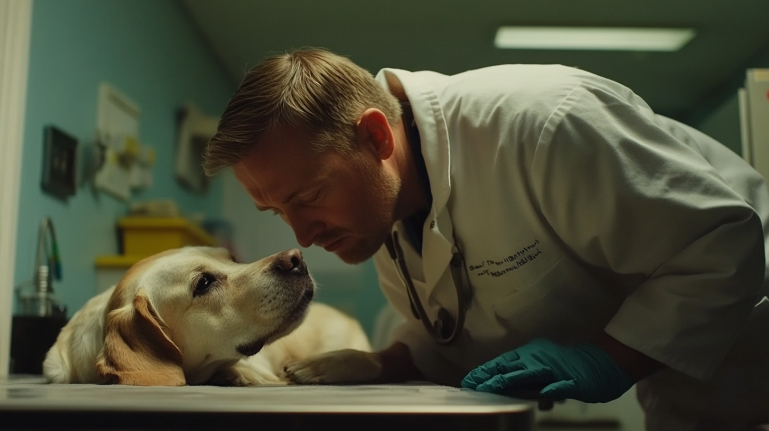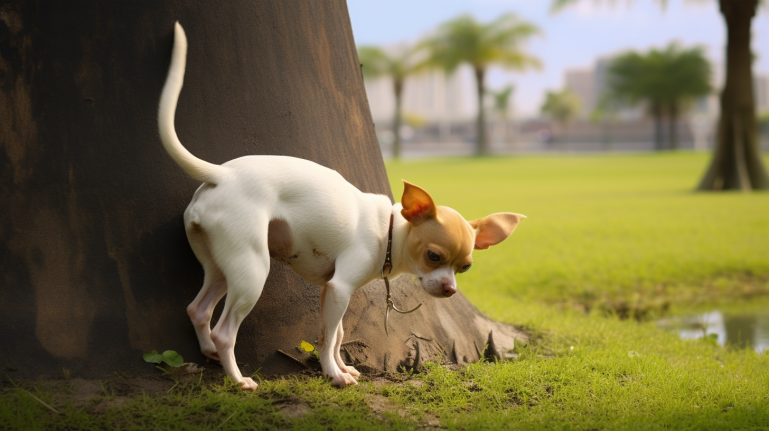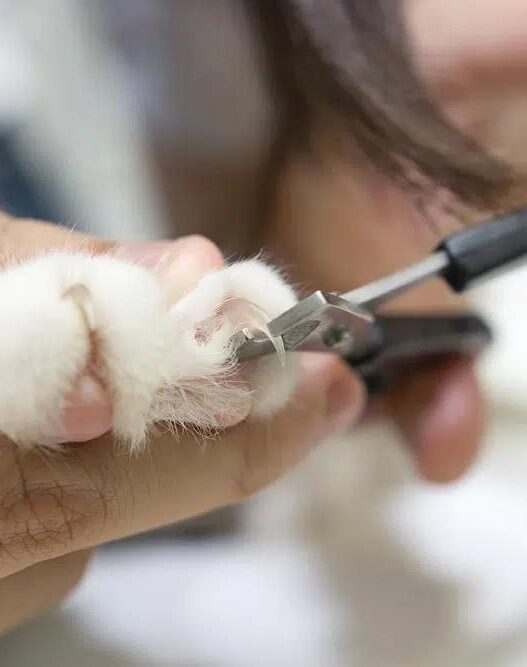As a loving dog owner, you may notice small changes in your pet’s behavior—unexpected accidents around the house, or perhaps a sudden shift in their bathroom habits. These seemingly harmless signs could be pointing to something much more serious: a urinary tract infection (UTI).
But don’t panic! Understanding what’s really going on with your dog’s health is crucial, and the sooner you act, the better the chances of recovery. Here’s everything you need to know about recognizing, treating, and preventing UTIs in dogs, so your furry friend can stay happy and healthy!
What Is a Dog’s Urinary Tract Infection (UTI)?
A urinary tract infection in dogs is one of the most common yet often overlooked health issues that many pet owners face. UTIs are bacterial infections that affect the urinary system, causing inflammation and discomfort for your dog. But here’s the twist—UTIs can range from mild to severe, and if left untreated, they can spiral into more serious health problems.
Here’s the key takeaway: Don’t ignore any change in your dog’s bathroom habits. Frequent urination, painful urination, or accidents around the house might be telling you that something is wrong.

Recognizing the Symptoms: Is Your Dog Suffering from a UTI?
Not every dog will show the same signs of a UTI, and it can sometimes be tricky to identify the infection just by watching your dog’s behavior. However, there are a few red flags that are commonly seen among dogs with UTIs:
- Frequent Urination: Your dog is suddenly peeing more often than usual, and sometimes in places they usually wouldn’t.
- Difficulty Urinating: Straining to pee, or attempts that result in little or no urine.
- Blood in Urine: Pinkish or red-tinged urine is a clear sign that something is wrong.
- Accidents Inside the House: Even though your dog is potty trained, they start having accidents indoors.
- Painful Urination: Your dog might cry out or appear distressed when trying to urinate.

- Licking Genitals: Excessive licking or biting of their private area could indicate discomfort or infection.
- Strange Urine Smell: The odor of your dog’s urine may become foul or unusually strong.
- Increased Thirst: If your dog is drinking more water than normal, this could be a sign of dehydration or kidney strain due to the infection.
If you notice any of these signs, time is of the essence. The sooner you take your dog to the vet, the better the chances of avoiding serious complications.
Common Causes of UTIs in Dogs
UTIs in dogs can be caused by a variety of factors, including:
- Bacterial Infections: The most common culprit, bacteria entering the urinary tract and causing an infection.
- Bladder Stones: These painful stones can block the flow of urine, leading to infection.
- Tumors in the Bladder or Urinary Tract: Rare but serious, tumors can cause irritation and infection.
- Congenital Abnormalities: Some dogs are born with structural abnormalities in the urinary tract that make them more susceptible to infections.
- Chronic Diseases: Conditions like diabetes or Cushing’s disease can weaken the immune system, making dogs more vulnerable to infections.

- Medications: Drugs that suppress the immune system, such as steroids, can increase the risk of UTIs.
- Prostate Issues in Male Dogs: In unneutered male dogs, prostate problems can lead to bacterial infections in the urinary system.
Who Is at Risk?
Certain dogs are more prone to developing UTIs, including:
- Female Dogs: Especially those who haven’t been spayed.
- Senior Dogs: Older dogs often experience weakened immune systems and may have more difficulty fighting infections.
- Dogs with Bladder Stones: Certain breeds are genetically predisposed to bladder stones, which can cause UTIs.
- Unneutered Male Dogs: Unneutered males are at higher risk of prostate problems and UTIs.
- Dogs with Preexisting Health Issues: Dogs with diabetes or Cushing’s disease have compromised immune systems and are more susceptible to infections.

How is a UTI Diagnosed in Dogs?
The gold standard for diagnosing a UTI in dogs is a urine sample, which can reveal the presence of bacteria, blood, and abnormal cells. If you suspect your dog has a UTI, your vet may ask you to bring in a urine sample during your visit. If that’s not possible, your vet may collect a sample directly from your dog’s bladder.
Collecting a Urine Sample at Home: While it may sound daunting, it’s usually easier than it seems. Here are some tips for collecting a urine sample:
- Timing is Everything: Try to collect the sample first thing in the morning when your dog’s urine is most concentrated.
- Use the Right Container: For females, a clean shallow container works best, while males may need a deeper one due to their anatomy.
- Minimize Contamination: Use a disposable plastic container with a lid to avoid contamination.
- Ask for Help: If possible, have someone help you—one person can walk the dog while the other collects the sample.

Why Do Vets Prefer Sterile Samples? While collecting urine at home is convenient, many vets prefer sterile urine samples, which can be obtained through a procedure called cystocentesis—a needle is used to draw urine directly from the bladder. This method eliminates the risk of contamination and is especially useful for detailed tests like urine cultures.
Treatment: What Now?
If your dog is diagnosed with a UTI, your vet will likely prescribe antibiotics to clear the infection. However, it’s important to complete the entire course of medication, even if your dog seems to feel better before the treatment is finished.
In some cases, further testing may be necessary, especially if the infection keeps recurring. Your vet may also suggest dietary changes or other treatments to prevent future infections, such as introducing more water into your dog’s diet or using special urinary care food.

Preventing Future UTIs
Preventing UTIs in dogs can be tricky, but there are a few proactive measures you can take to reduce the risk:
- Keep Your Dog Hydrated: Make sure your dog has constant access to fresh water.
- Frequent Bathroom Breaks: Allow your dog to urinate regularly to prevent bacterial buildup.
- Proper Hygiene: Regularly clean your dog’s genital area, especially for females.
Conclusion: Don’t Wait Until It’s Too Late
Urinary tract infections can cause serious discomfort for your dog, but with prompt diagnosis and treatment, your furry friend can recover and get back to their happy, healthy self. Don’t ignore the signs—early intervention is key. If you suspect your dog might have a UTI, contact your vet immediately.
Your dog’s health is in your hands—don’t wait until it’s too late!



















